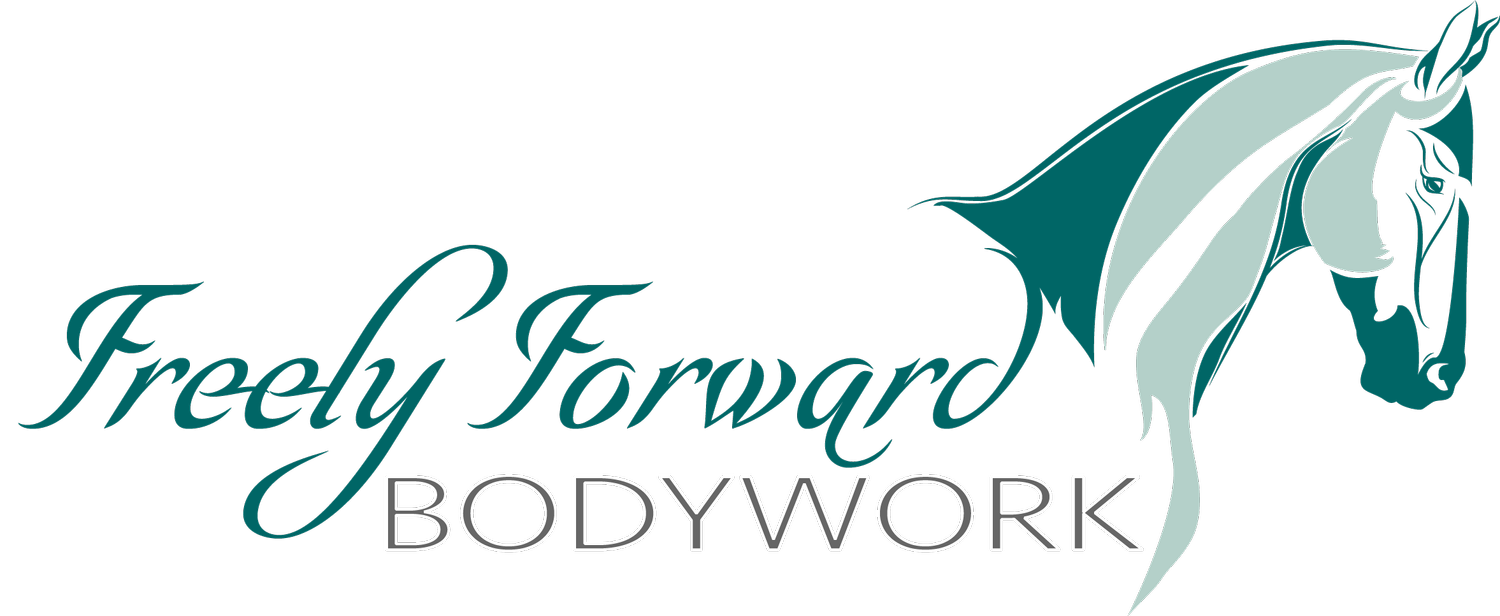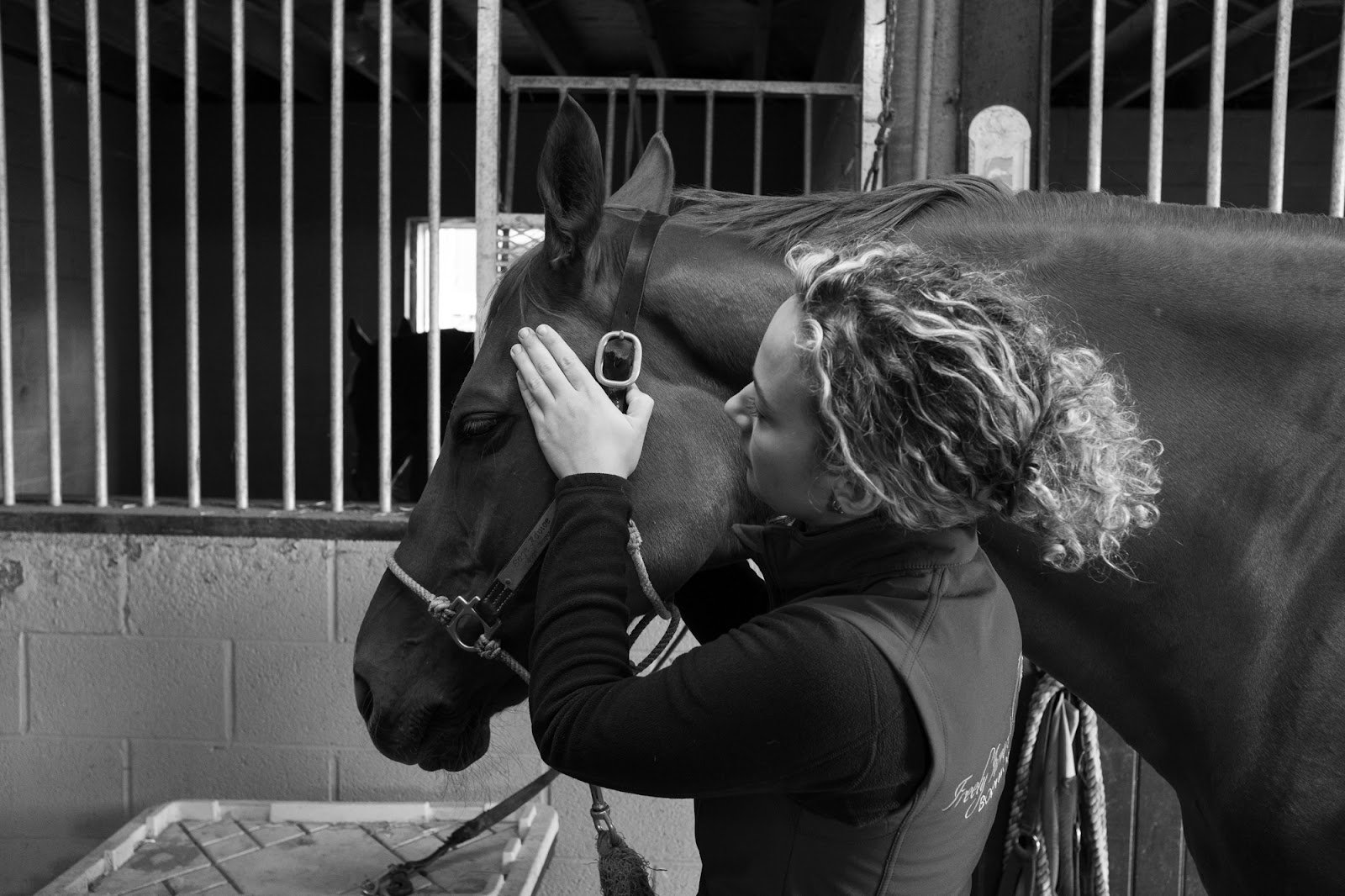Harness the Power of Diaphragmatic Breathing to Optimize Your Ride
“Just take a deep breath.” “Breathe so your horse can hear you.” “In through your nose, out through your mouth.” We have all heard this advice. Our coaches, our yoga instructors, even our therapists emphasize the importance of deep breathing – but why?
I‘m a skeptical person. I am not going to take a 12-second breath just because someone tells me it will help me ride better. Of course, I understand the basics: you need oxygen in your system to survive. Okay, sure, fine, I’ll keep breathing to keep myself oxygenated enough to get around this cross country course, but why are you telling me I have to breathe into my stomach and exhale more slowly than I inhale?
Enter my lightbulb moment. While researching anatomy in relation to equestrians, I learned of the vagus nerve, also known as the “wandering nerve.” The vagus innervates the diaphragm (a dome shaped muscle that attaches under your ribs and is your major breathing muscle) and can be stimulated by diaphragmatic breathing. Stimulation of the vagus nerve causes it to release acetylcholine, or “vagusstoff,” which activates the parasympathetic response.
The parasympathetic nervous system mediates “rest and digest” responses: its functions include slowing heart rate and increasing digestive secretions. The parasympathetic response also serves to suppress the sympathetic nervous system (a.k.a. the “fight or flight” instinct). You might feel your sympathetic nervous system at work right before heading out to cross country, or before going into the ring for a dressage test: you shake; your heart races at a mile a minute; you feel like you are going to be sick. These are all effects of your sympathetic nervous symptom being activated by a perceived threat. So, what can you do about it? Well, now we know there is a better way than hiding in the port-o-potty fantasizing about enjoying something less dangerous, like chess or bridge. We now know the power of stimulating the vagus nerve.
Keep in mind that not all breaths are created equal. Here’s how to diaphragmatically breathe to stimulate your vagus nerve and help calm yourself: lay on your back with your hand on your stomach, and envision yourself inhaling to fill your stomach like a balloon. You should feel your abdomen raise as you inhale. Then use your lower abdominal muscles to slowly exhale and deflate the balloon. Repeat this cycle at least three times, and your vagus nerve will be stimulated!
Breathing is a necessary life function, yet it is incredibly difficult to master. I have found that when I am concentrating on riding, specifically shifting my weight in lateral movements, I tend to begin “reverse breathing.” Correct diaphragmatic breathing fills the stomach without lifting the chest on the inhale and depresses the belly on exhalation, while reverse breathing fills the chest and depresses the stomach on inhalation and expands the belly on the exhale. Reverse breathing requires use of accessory muscles in your chest that are not meant for that job. Firstly, it stops the diaphragm from being able to function properly and, secondly, it prevents riders from being able to follow the horse’s movement. This adds another layer of unnecessary tension to your body, which will lead to physical and mental exhaustion if sustained. This is not helpful on show days!
Keep in mind that occasional diaphragmatic breathing is not enough. To optimize your riding, consistently practice this technique. As you become more mindful of your breath, you may find that, while concentrating on riding, your breathing slips into a reverse breathing pattern or becomes more shallow. Personally, I have noticed that I hold my breath during downward transitions, which leads to my horse stiffening slightly through his topline. An exercise to remedy this problem is to start on the centerline, leg yield to the rail (focusing on deep breathing), then make a downward transition with an exhale upon reaching the rail.
Try this: in your walk warm up, draw your attention to correct, deep breathing. Inhale to stretch your abdomen, hold your breath for a few seconds, and slowly exhale. Then, begin to make transitions, practicing inhaling on up transitions and exhaling on down transitions.
Keep diaphragmatic breathing as a tool in your toolbox for any time you are stressed. If you are waiting to enter the ring at a show, take a few moments to practice a deep-inhale, slow-exhale cycle. If your horse is spooking, remember to keep yourself relaxed first: breathe slowly and deeply so that he can hear you. Your horse will feel the difference.
-Maija Luttinger, LMT
Equine Massage 101
Want more content like this? Equine Massage 101, the online equine massage course from Freely Forward Bodywork, is packed with valuable information, from massage techniques to stretches to ways to check for pain in your horse’s body and much more. Sign up to get started today!


